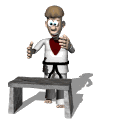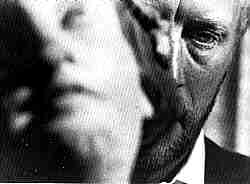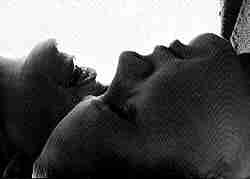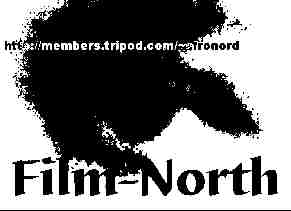[Eisen] language of of theatre director is mise-en-scene, language of film director -- montage.

Film Directing 101

GeoAlaska: Theatre & Film
vtheatre.net
act.vtheatre.net
direct.vtheatre.net
film.vtheatre.net
script.vtheatre.net
shows.vtheatre.net
method.vtheatre.net
biomechanics.vtheatre.net
write.vtheatre.net
web.vtheatre.net
Mailing List & News -- subscribe yourself!
FILM DIRECTING class directory **

Theory of Spectatorship

film books


Student Pages:
Instructions on Instructions

webmaster Directing ONLINE *
«Монтаж – это скачок в новое измерение по отношению к композиции кадра», - С. М. Эйзенштейн.
Film Index @ Theatre w/Anatoly
Book-Page @ Film-North
Film Bks
Shot-Page Cut = an instanteneous change from one image to another.
Good (smooth) and bad cuts.
Continuety (vector fields)
The Dissolve
The Fade
Wipe
Jump Cut
See Camera
new: chekhov.us * Russian Theatre (links in RU): fest.theatre.ru + cultu.ru (webcast)
 * filmplus.org/kino * picasaweb.google.com/anatoly.antohin * my shared page google
* diggo [ new ] & 2010 AA Ethiopia
* filmplus.org/kino * picasaweb.google.com/anatoly.antohin * my shared page google
* diggo [ new ] & 2010 AA Ethiopia
Summary
[ this page has many brothers and sisters: see editing, edit, cutting -- and even half-brothers, like "montage: a lot of relatives! ]Questions
Search The Internet Movie DatabaseEnter part of a movie or TV quote and click "Go" to search the quotes at imdb.com.
Notes
"Between shots": analysis of cuts only (structuralist approach).... best cut (poll) ?
... a few (more) words in russian :
Эйзенштейн любил цитировать Пушкина:
«Выходит Петр (общ. пл.).
Лик его ужасен (кр. пл.).
Движенья быстры (ср. пл.).
Он прекрасен (кр. или общ. пл. – зависит от акцентировки).»
Наше зрение не признает панорам. Взгляд перемещается с объекта на объект или переводит фокус резким скачком. Раскадровка только воспроизводит этот принцип. И расширяет его, позволяя перебрасывать взгляд без ограничения в пространстве и времени – визуализируя процесс осмысления увиденного.
«Основное психологическое оправдание монтажа как способа изображения материального мира в том именно и заключается, что он воспроизводит процесс, происходящий в нашем сознании, при котором один зрительный образ сменяется другим по мере того, как наше внимание привлекает та или иная деталь нашего окружения». Э. Линдгрен.
... Первое отличие монтажного языка в том, что все глаголы в нем существуют только в настоящем времени. Именно поэтому это наилучший способ их употребления и в сценарии. На экране все существует только «здесь и сейчас». Ведь чувствам и эмоциям зрителя, к которым, прежде всего, и апеллирует экран, совершенно не важно, снимался материал неделю или век назад, или идет в прямой трансляции. Он видит это сейчас. А для чувств и эмоций, в отличии от интеллекта, «вчера» не бывает. Мы не можем радоваться, возмущаться, любить или плакать «вчера» или «завтра».
Второе отличие – в этом языке не существует ни одного отвлеченного понятия. Как снять понятие «хорошая книга» и чем она будет отличаться от «книги плохой»? Переплетом? Или фамилией автора и названием? Но для этого не только режиссер, но и зритель должен знать содержание этой книги.
А. Каминский : МОНТАЖНЫЙ ЯЗЫК
... * Язык монтажа, ближе к английскому, чем к русскому языку, в том смысле, что для понимания смысла монтажной фразы порядок кадров имеет принципиальное значение. Перестановка кадров может не только сместить акценты, но и поменять смысл монтажной фразы, вплоть до противоположного.
...
2004:
new: chekhov.us * Russian Theatre (links in RU): fest.theatre.ru + cultu.ru (webcast)
 * filmplus.org/kino * picasaweb.google.com/anatoly.antohin * my shared page google
* diggo [ new ] & 2010 AA Ethiopia
* filmplus.org/kino * picasaweb.google.com/anatoly.antohin * my shared page google
* diggo [ new ] & 2010 AA Ethiopia

Bookmark FILM-NORTH
... 2008 -- filmplus.org/kino

 theatre theory and
theatre theory and  blog: anatoly-film
blog: anatoly-film
















